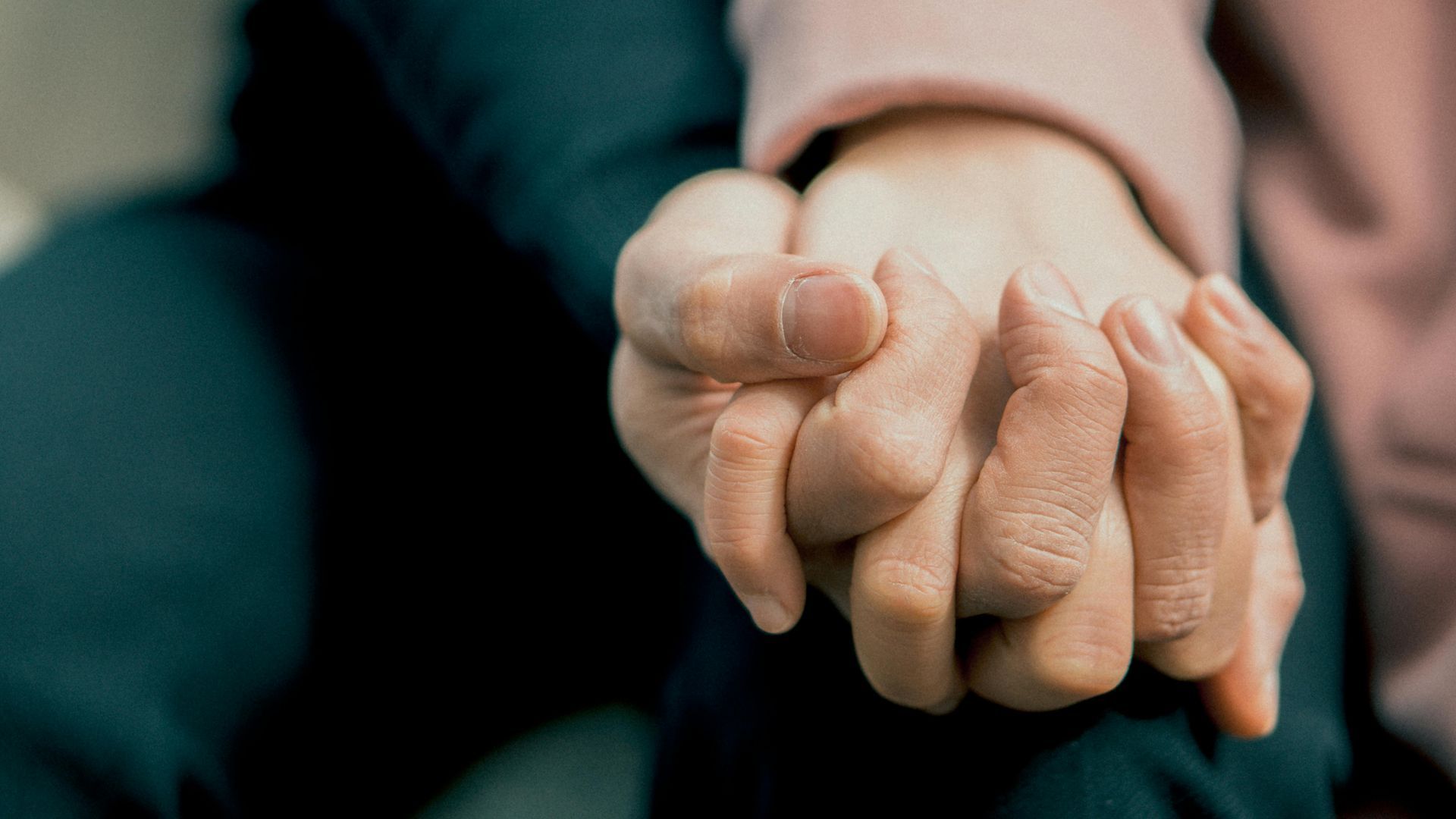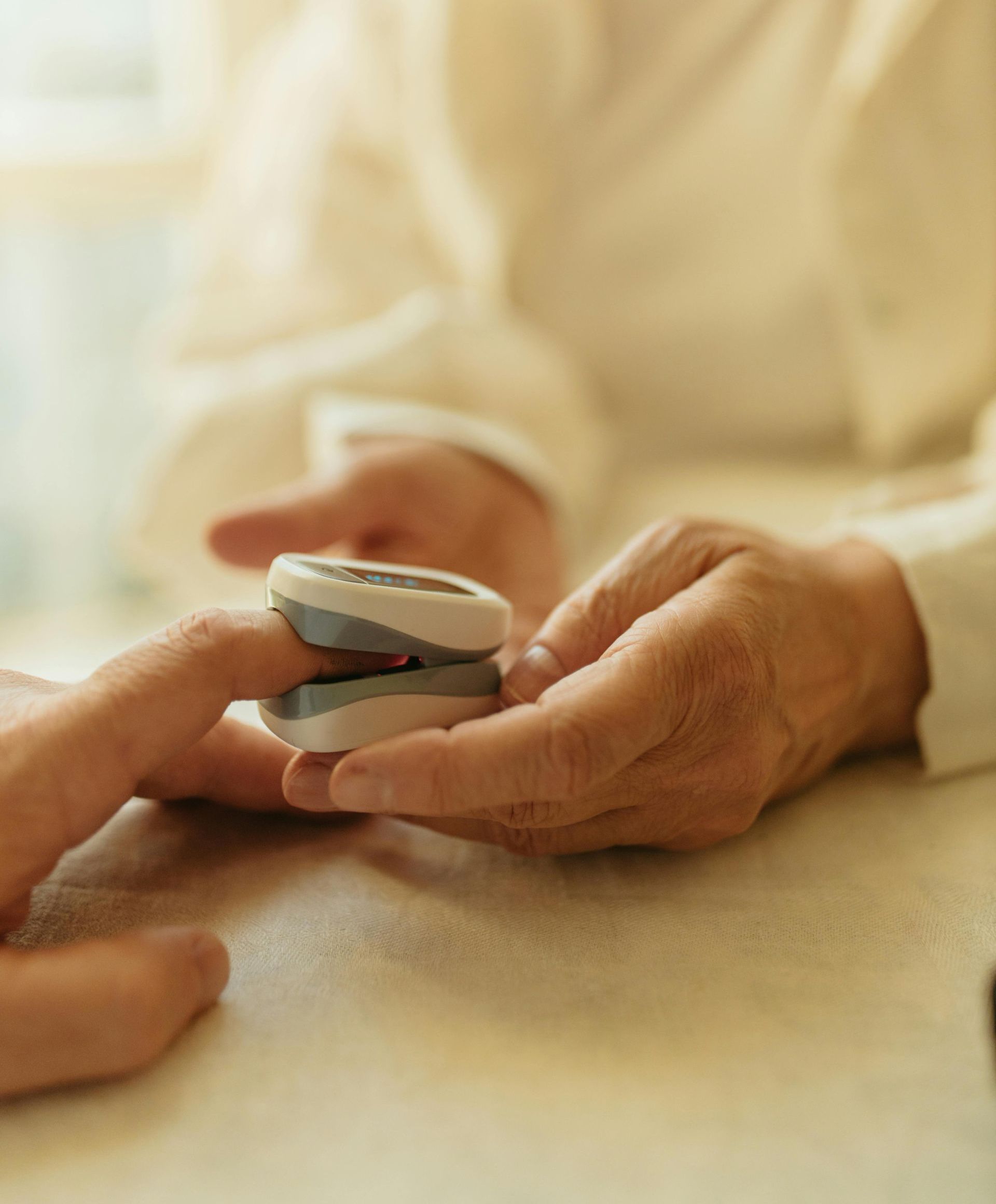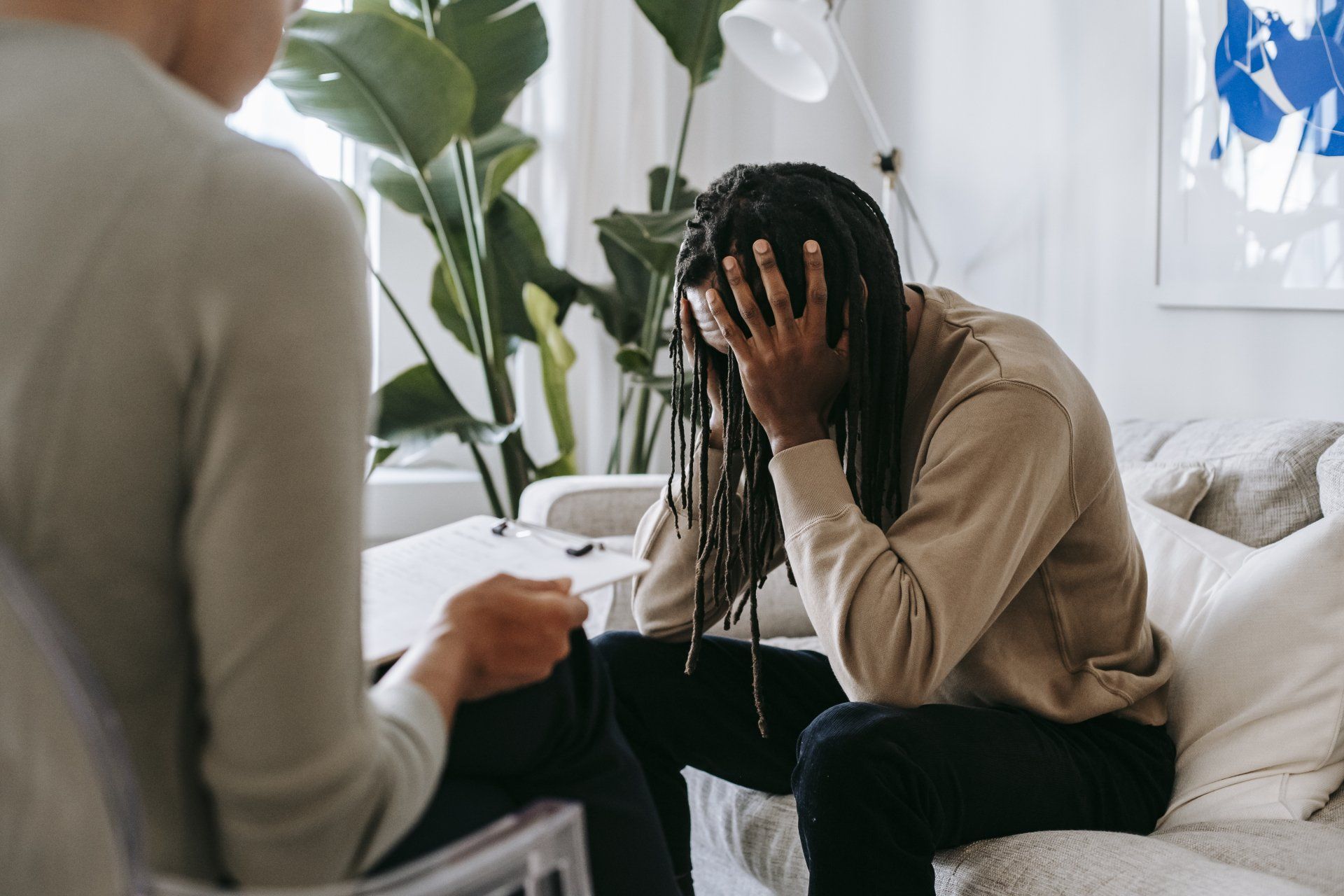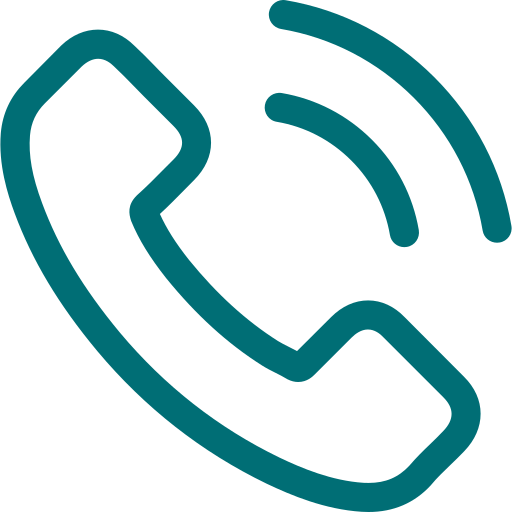Finding Balance After Traumatic Brain Injury
Finding Balance After Traumatic Brain Injury
Balancing is a skill that many of us take for granted. It’s needed to perform life’s most basic activities, like walking, sitting, standing, bending, running, and even rolling over in bed. Most don’t realize that going through the day without falling or tripping is a cumulative effort of multiple systems, such as the vestibular system, brain, visual system, and proprioceptive system. Damage to any of these systems, which is frequently seen in TBI cases, impacts balance and coordination.
Statistically speaking, 30 to 65 percent of TBI patients report dizziness — characterized by symptoms such as lightheadedness, imbalance, and vertigo; and disequilibrium — lack of balance when sitting or standing.
Common Causes of Post-Head Injury Balance Problems
The extent of imbalance experienced depends on several variables such as the seriousness of the brain injury and the site of damage in the brain.
Other than the brain, traumatic accidents can result in other physical injuries, such as fractures and damage to ribs, spine, major bones, pelvis, inner ear (vestibular system), and eyes (visual system). All of this can impact your skill to orient yourself over your feet. Additionally, medications prescribed to treat TBI, such as antibiotics, blood pressure medications, sleeping pills, anti-seizure, and pain medications, can also induce dizziness and vertigo.
Treatments to Improve Balance After TBI
Your prescribed treatment plan will depend on the root cause of your vertigo. Your physician, physical therapist, occupational therapist, and other healthcare providers will work in tandem to develop a plan that targets your needs while ensuring your safety.
That said, here are some of the most commonly used treatments for balance problems after head injury:
Vestibular rehabilitation (VR): This is the most recommended treatment for balance problems emanating from an imbalance between your inner ear’s vestibular components. It trains the brain to rely on signals from other systems responsible for balance, for example, limbs and joints.
Vascular vertigo treatment: Treatments recommended for vascular vertigo will be aimed at lowering blood pressure and cholesterol. You may be advised to exercise, eating healthy, and quit alcohol, and smoking.
Benign paroxysmal positional vertigo (BPPV) treatment: BPPV is another common cause of vertigo following TBI. This shows up as brief, intense episodes of dizziness, the sensation that you’re spinning when you move your head. Your doctor or physical therapist may treat BPPV with a series of movements called Canalith Repositioning Procedures (CRP).
Visual vertigo treatment: Vestibular rehabilitation is usually used to treat visual vertigo.
Medications : Anti-vertigo and anti-sickness medication may be prescribed. Special glasses that use prism lenses may also be prescribed.
Counseling : It’s important to note that inability to balance can bring a lot of anxiety and stress to people. Many avoid social situations due to fear of embarrassment. In these cases, seeking counseling and therapy can help and might even be necessary to improve your balance problems. Cognitive Behavioral Therapy, in particular, can help with anxiety, depression, and other mood disorders. And, it can also help you identify and control the triggers for vestibular problems.
Dizziness and balance problems are common after a head injury, but treatments and strategies are available to help. Consult with your doctor to find an effective and safe treatment to help improve your balance.
The post Finding Balance After Traumatic Brain Injury appeared first on Flourish Supportive Living Assisted Living for Brain Injury.













